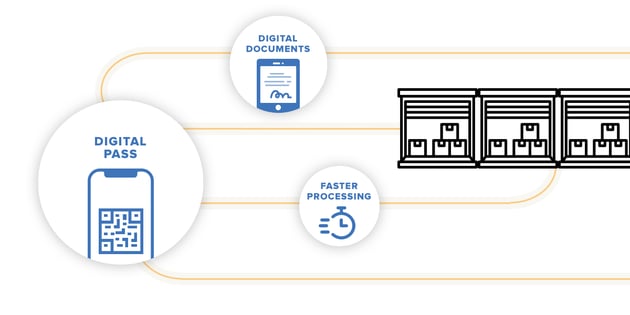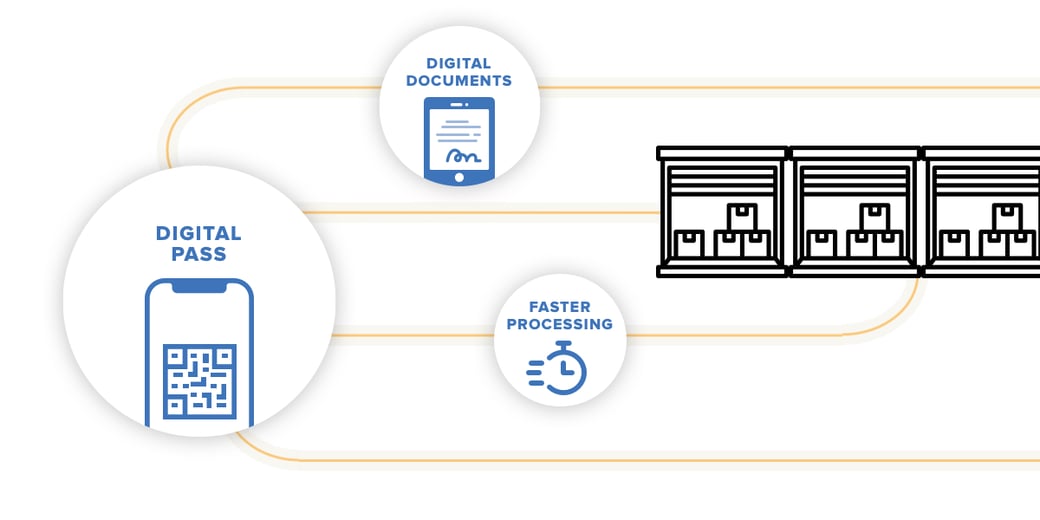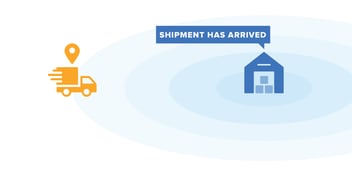Insights
Industry Shift to Contactless Logistics
 As we look back on 2020, a few significant themes stick out from a supply chain perspective. Supply chains moved to a more sustainable and resilient model to adapt to COVID-19 and global trade. A shift in consumer behavior towards online shopping and eCommerce left many businesses lacking to meet customer demands. Accelerated digital transformation and technology adoption has helped buffer the entire function. All factors combined left industries to modernize in an environment laden with significant obstacles and changing customer expectations. The most evident example of the challenged supply chain exists within inbound logistics.
As we look back on 2020, a few significant themes stick out from a supply chain perspective. Supply chains moved to a more sustainable and resilient model to adapt to COVID-19 and global trade. A shift in consumer behavior towards online shopping and eCommerce left many businesses lacking to meet customer demands. Accelerated digital transformation and technology adoption has helped buffer the entire function. All factors combined left industries to modernize in an environment laden with significant obstacles and changing customer expectations. The most evident example of the challenged supply chain exists within inbound logistics.
Today, while most companies have increasingly turned to outsourced logistics services (3 or 4PL) for all transportation activities (inbound/outbound), there is still the challenge of conforming to the new norms. The industry is rapidly growing as organizations look to the outside to leverage expertise, scale, and manage complex supply chains nationally or globally. Will the space be able to address contactless and touchless methods while providing world-class customer service? Will this be enough?
The future of checking and receiving
Inbound logistics, the sourcing, transport, expediting, storage, and receiving of goods coming into a facility, is often overlooked when looking holistically at the supply chain function. A well-organized, streamlined inbound logistics program can result in operational efficiencies, cost savings, and increased sales. It can reduce overhead and eliminate excess materials while ultimately improving customer satisfaction by offering the right materials available at the right time. However, it can cause critical delays, cost overruns, safety hazards, and lost sales when it goes wrong.
Inbound deliveries challenge the organization across all verticals to move trucks in and out quickly—ideally completed with minimal delays due to manual and paper-based processes. The added benefit of eliminating the paper also reduces internal and external employee contact. Industry professionals frequently experience detention or demurrage challenges without knowing a real way to change the scenario. Most think detention is a cost of doing business in the warehousing and distribution industry, but the real issue is throughput. Having multiple clerks checking in trucks, reviewing BOLs when the driver arrives, and manually processing paperwork could cost the organization hundreds of thousands of dollars per facility in wasted time in redundant, manual activities and hidden carrier charges.
The key going forward will be to eliminate the entire manual check-in/receiving process—and technology will be the enabler. Automated security gates, electronic Bill of Ladings, and increased use of IoT will be the industry focus in the near term, with advanced artificial intelligence, driverless vehicles, and predictive logistics in the long run.
New safety measures in 2021
From a safety perspective, COVID-19 has further pressured receiving operations and receiving clerks by necessitating minimal person-to-person interaction, reducing the exchange of paper, and eliminating wait lines at the desk. Amazon has stated it will be spending roughly $4B on COVID-19 related costs, primarily related to its distribution and transportation operations. This investment will likely affect other companies, pushing systemic changes to every operational and organizational activity. Employees in high-contact roles have already started to demand increased safety measures and requirements for internal and external personnel.
The logistics function has rapidly transformed due to multiple disruptive challenges and the subsequent responses to them. COVID-19 and the increasing shift to eCommerce forced organizations to reassess traditional activities and established processes. With new contactless and touchless requirements, 2020 was a perfect storm for the industry, especially for the inbound logistics and receiving function. To survive and ultimately succeed, organizations must adapt and innovate to these new norms.
Learn more about contactless logistics or contact us if you’re ready to digitize your processes and procedures.



